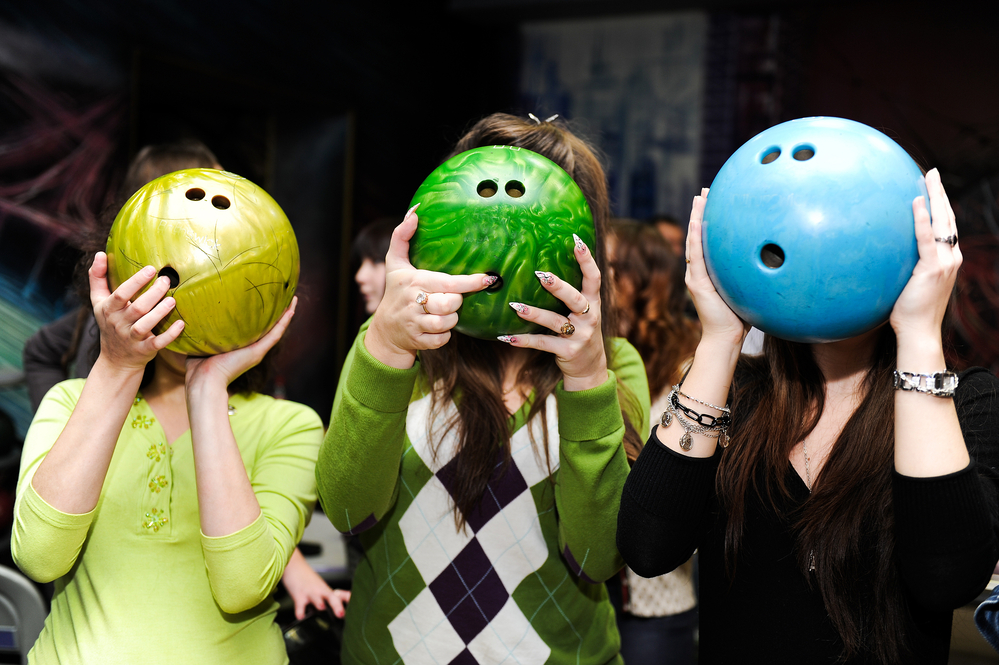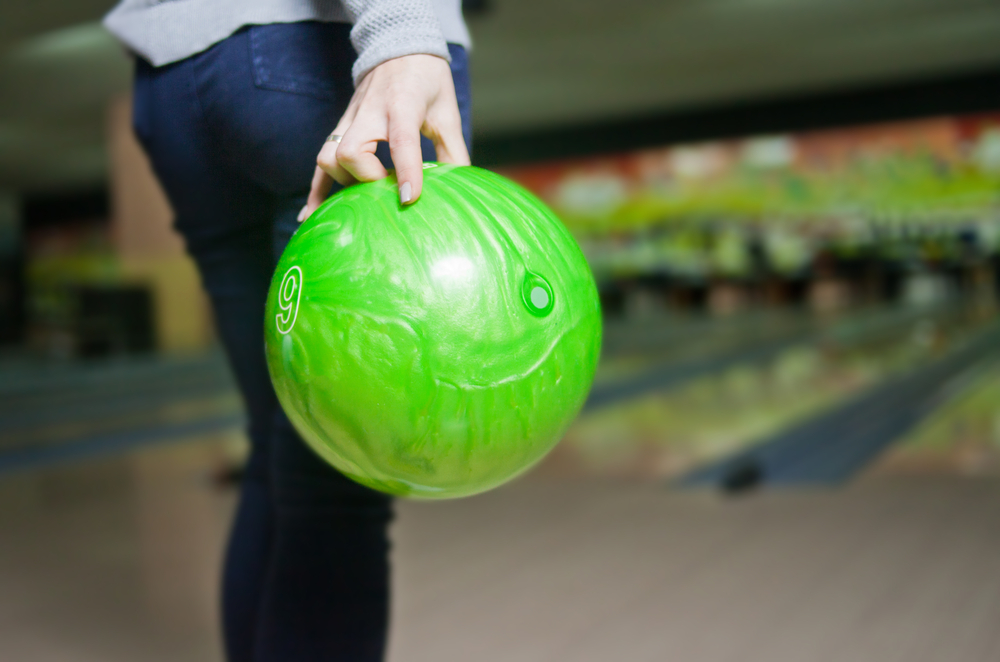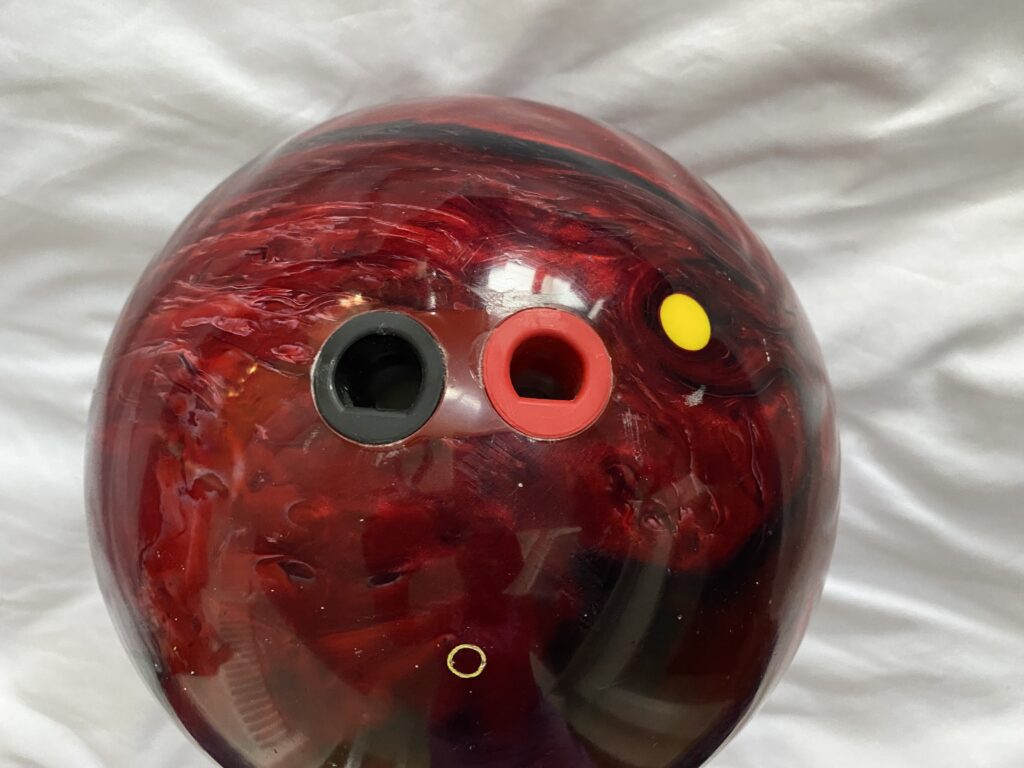
Does the semi-fingertip grip have you stumped? Many new (and even avid) bowlers are unfamiliar with it.
But get this – it’s been used countless times to give bowlers a real edge. This article will discuss the semi-fingertip grip, how to use it, some of its benefits, and more.
Let's get started!
Contents
- 1 Semi-fingertip Grip Bowling
- 2 Why Use the Semi-fingertip Grip?
- 3 Drawbacks to the Semi-fingertip Grip
- 4 The Semi-fingertip Grip Is Used Only by a Select Few
- 5 How to Use the Semi-fingertip Grip
- 6 Other Bowling Grips You Should Know About
- 7 Should You Try the Semi-fingertip Grip?
- 8 Does the Semi-fingertip Grip Require Special Drilling?
Semi-fingertip Grip Bowling
What is semi-fingertip grip bowling? The semi-fingertip grip is when you insert your middle and ring fingers between the 1st and 2nd knuckles and your thumb up to the first knuckle. This results in a much looser grip on the ball.
While with the conventional bowling ball grip, you'll insert your middle and ring fingers up to the second knuckle and your thumb all the way in. The results are a tighter grip on the ball.
Key Takeaways
- Semi-Fingertip Grip Basics: Inserts middle and ring fingers between the 1st and 2nd knuckles, and thumb up to the first knuckle for a looser hold than conventional grips, enhancing release control and ball trajectory adjustment.
- Benefits of Semi-Fingertip Grip: Offers enhanced release control and trajectory adjustment by allowing minor timing alterations during the release, aimed at improving bowling accuracy.
- Drawbacks to Consider: Can feel unnatural and lead to hand pain due to pressure on finger joints; not suitable for power bowlers due to difficulty in generating force.
- Usage and Adaptation: Recommended for experienced bowlers seeking improved shot control and spin; practice is key to adaptation, alongside using a lighter ball and avoiding too tight a grip to prevent hand pain.
- Alternatives and Customization: Other grips include the conventional and fingertip grips; semi-fingertip grip can be accommodated with standard balls using inserts or custom drilling for optimal finger placement without needing special equipment.
Why Use the Semi-fingertip Grip?
With the basic definition understood, let’s jump in a little deeper. In this section, we’ll get into some of the benefits that lead people to use such an unorthodox bowling grip.
The main benefit of using the semi-fingertip grip is that it gives you more control over your release. This is because when you use this grip, your fingers are not as deep into the ball.
As a result, you can make minute adjustments to the timing of your release, which can help to improve your accuracy. In addition, the semi-fingertip grip gives you more control over the ball's trajectory.
Drawbacks to the Semi-fingertip Grip
There are a few drawbacks to using the semi-fingertip grip that you need to be aware of. Read about them all in the below list:
- It can be difficult to get used to, as it feels unnatural compared to other grip types. So, if you're someone who is just starting out, you might want to stick with the conventional grip until you get more comfortable with bowling.
- It's not for power bowlers. The looseness of the semi-fingertip grip can make it hard to generate power behind your shots. If you're looking to bowl with a lot of force, the semi-fingertip grip is probably not for you.
- It can result in hand pain. The semi-fingertip grip puts enormous pressure on your finger joints and can lead to hand pain if you're not careful. Once your hand is sore or injured, it can be challenging to grip the ball properly, impacting your performance.
| Grip Type | Finger Insertion | Thumb Insertion | Key Benefits | Considerations |
|---|---|---|---|---|
| Semi-Fingertip | Middle and ring fingers between 1st and 2nd knuckles | Up to the first knuckle | More control over release and trajectory | Can feel unnatural, potential for hand pain |
| Conventional | Middle and ring fingers up to the second knuckle | All the way in | Simple, easy to learn | Less control over ball's trajectory |
| Full Fingertip | Middle and ring fingers up to the first knuckle | Up to the first knuckle | Greater lift, more revolutions | Requires more skill, not ideal for beginners |
| Two-Handed | No thumb insertion, both hands on the ball | N/A | Extra power on release | Odd-looking, may not suit all bowlers |
The Semi-fingertip Grip Is Used Only by a Select Few
After reading through the benefits and drawbacks of the semi-fingertip grip, you might think that many people use it. But that's not the case. The semi-fingertip grip is used only by a select few bowlers.
For a while, it was used mainly by professional bowlers or those who wanted to try something new. But today, this grip is the least used out of all bowling grips. Perhaps it's because of the drawbacks touched on in the previous section.
How to Use the Semi-fingertip Grip
Now that we've gone over some of the basics of the semi-fingertip grip, let's get into how to use it. Here are a few tips:
- Get the finger placement right. Just as a reminder, your middle and ring finger should be inserted between the first and second knuckle, and your thumb should be inserted up to the first knuckle.
- Generate power with your shoulder, not your fingers. Remember, the semi-fingertip grip doesn't allow you to generate as much power as other grips. So, you'll need to use your shoulder and arm to generate force. If you use your fingers to try to add power to your throw, you'll likely end up injuring yourself.
- Use a light ball. Since the semi-fingertip grip is loose, to begin with, you'll need to use a lighter ball. If you try to use a heavy ball with this grip, you risk dropping the ball unintentionally or not making contact with the pins at all. Until you build up your finger strength, stick to lighter balls.
- Practice constantly. As with anything new, getting used to the semi-fingertip grip takes time. So, be patient and keep practicing. The more you bowl with this grip, the better you'll get at using it.
- Don't grip the ball too tightly. This can be tempting, especially if you're used to gripping the ball tightly with other grips. But it's essential to resist the urge to grip the ball too tightly. If you do, you'll end up with hand pain. You'll need to find a middle ground where you're gripping the ball tight enough so it doesn't slip but not so tight that your hand hurts.
The semi-fingertip grip is not for everyone, but if you're interested in trying it out, these tips should help you get started.
Other Bowling Grips You Should Know About
If you're not interested in using the semi-fingertip grip, there are plenty of other options to choose from. Here are some of the most popular bowling ball grips:
- The Conventional Grip - As we mentioned before, this is the most common grip used by bowlers today. It's simple and easy to learn, which makes it an excellent option for beginners. It requires you to insert your middle and ring fingers up to the second knuckle and your thumb all the way in.
- The Two-handed bowling grip- This grip is a bit odd-looking, but some bowlers swear by it. The two-handed bowling grip involves bowling with two hands and is ideal for anyone who wants some extra power on their release or has issues bowling with just one hand.
- The fingertip grip - Not to be confused with the semi-fingertip grip, the fingertip bowling grip is when you insert your middle and ring finger up to the first knuckle and your thumb up to the first knuckle. It's a looser grip than the semi-fingertip grip.
Should You Try the Semi-fingertip Grip?
The semi-fingertip grip may work for some, but it's definitely not for beginners. It increases your risk of injury and may not do much in the way of teaching you how to control your shots.
So, if you're a beginner, we recommend starting with the conventional grip. It's straightforward, easy to learn, and will help you get a feel for the game before moving on to more advanced grips.
Experienced bowlers who are looking for more shot control or spin may want to give the semi-fingertip grip a try.

Does the Semi-fingertip Grip Require Special Drilling?
The vast majority of bowling balls were manufactured with the conventional grip in mind. Still, you won't need to get your ball drilled differently if you want to use the semi-fingertip grip.
All you'll need to do is get your hands on some bowling ball slugs or inserts online or from a pro shop in your area. They will ensure that your fingers don't go too far into the ball, making it easier to keep them at the proper depth.
But if you don’t want to fool around with bowling ball extras, you can get a ball custom drilled or filled to complement your semi-fingertip grip. You can get this done at your local pro shop for a small fee (up to $50).

It shouldn’t take longer than a few minutes, and you’ll be ready to roll a few. Just keep in mind that once you alter the ball by filling or drilling, you won’t be able to use the conventional bowling grip without altering the ball again.
Related Articles
My Final Words
Transitioning to a semi-fingertip grip involves inserting your thumb up to the first joint and positioning the same fingers between the first and second knuckles, unlike conventional drilling, which uses deeper insertion for a tighter hold. This grip, distinct from the full fingertip and basic grips, is favored by pro bowlers for its ability to provide greater lift and more revolutions, enhancing striking power despite its initial complexity and adjustment period.
While most bowlers start with a house ball and conventional drilling, exploring semi-fingertip drilling offers a nuanced approach to mastering your game, offering a balance between control and power that may not be achievable with other grips. As each bowler's journey is unique, experimenting with different bowling grips, including the semi-fingertip, can unlock a new level of performance, especially when tailored with precise fingertip drilling for the ultimate fit and comfort.
Kira Byrd, a Certified Fraud Examiner, holds a B.S. in Accounting from the University of Alabama at Birmingham. With a passion for bowling from her childhood, Kira has poured her expertise and personal experiences into creating and nurturing Bowling For Beginners. Kira's mission is to meet new bowlers where they are and guide them toward consistently achieving higher scores. With a focus on skill development and strategic techniques, she empowers readers to take control of their game and unlock their true potential.
Bowling For Beginners embodies strict editorial integrity, ensuring reliable and unbiased information. Kira's commitment to delivering valuable insights and practical strategies is reflected in every article. Here's an explanation of our editorial policy and how we get money.




